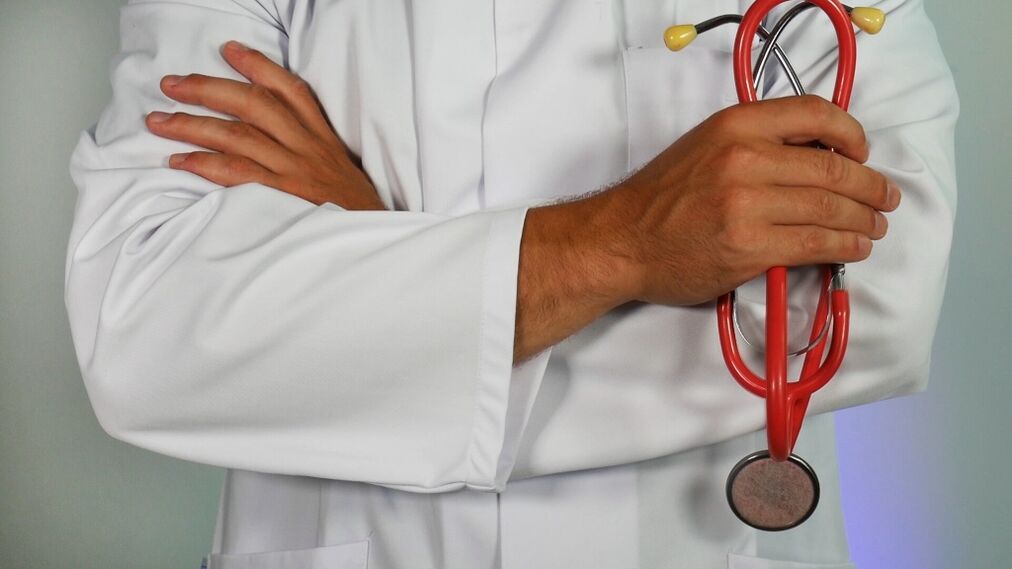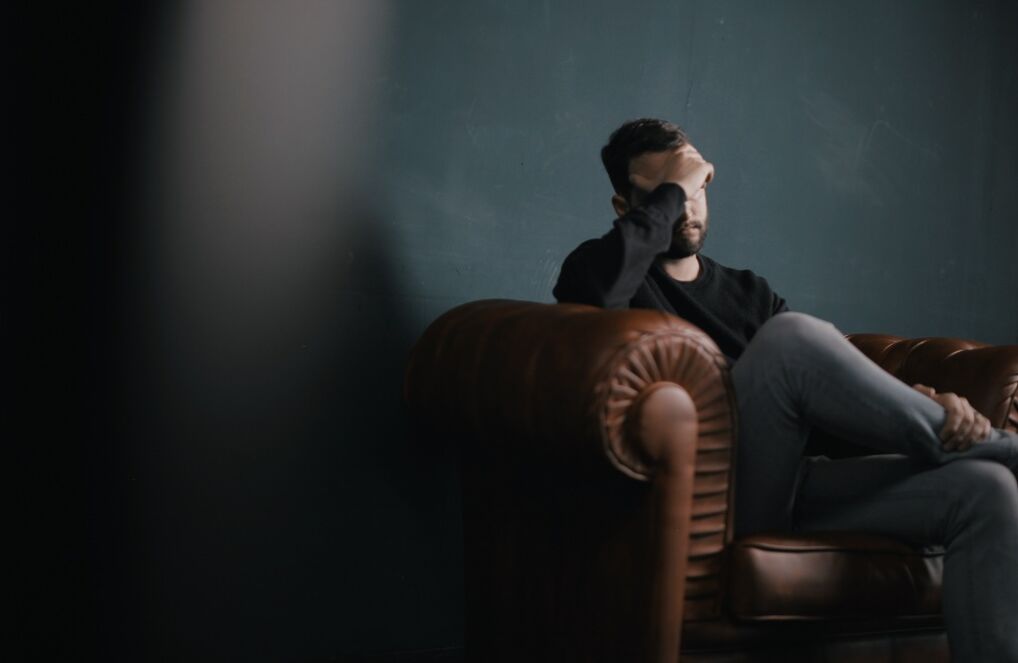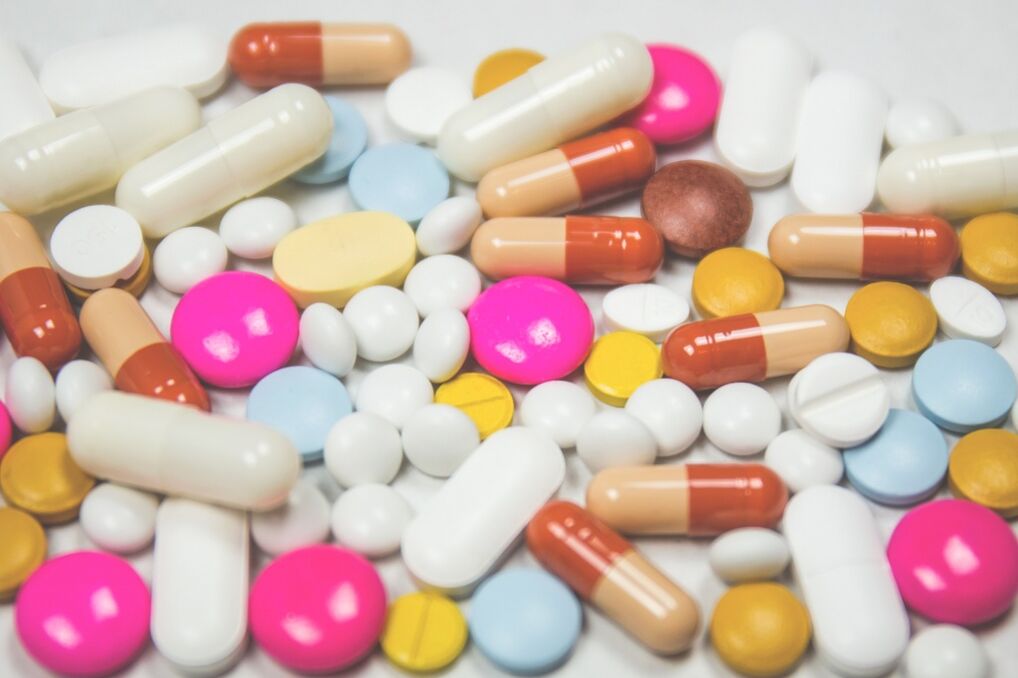What is prostatitis?This is the most common urological disease of men in the background of prostate inflammation caused by pathogenic (probably causing the disease) and conditionally pathogenic infection.

In most cases, in young, sexually active men, this is a complication of low simptomatic or asymptomatic sti.The cause of prostatitis can be trichomonas, gonococci (gonorrhoea), chlamydia, ureaplasma, mycoplasma.E. coli, stool enterococcus, etc. among non -sti organizations.Very important.
They are according to modern classification:
- Acute prostatitis.
- Chronic bacterial prostatitis.
- Chronic prostatitis (chronic pelvic syndrome) with signs of inflammation.
- Chronic prostatitis (chronic pelvic syndrome) without signs of inflammation.
- Asymptomatic prostatitis (asymptomatic) chronic prostatitis.
At present, in most cases, men have to deal with the latter category of prostatitis, as in recent years, Trichomoniasis, Chlamydia, Ureaplasmosis and Mycoplasmosis have been a leading role in the structure of the STI, which initially does not obviously manifest in most cases.And only after a long time they occur as complications - prostatitis.
It should be said that asymptomatic prostatitis is observed in the sexual partners of STI, women with STI, and sexual partners in patients with infertility.
Causes of prostatitis
As a general rule, prostatitis is diagnosed when:
- reduced physical activity (sedentary lifestyle);
- Sex life dysrithmia (long -term sexual abstinence, often replaced by hyperactive sex life);
- alcohol consumption;
- chronic constipation;
- As a result of Sti -Her infection, that is, when infections come from the urethra into the prostate;
- due to the penetration of pathogens from the focuses of chronic infection (chronic tonsillitis, sinusitis, kidney disease, etc.);
- For endogenous prostatitis diseases of the rectum (hemorrhoids, anal fissure, paraproctitis).This explains the detection of E. coli for most chronic prostatitis.

Symptoms of prostatitis in men
The temperature begins with 39-40 ° C, fever and chills, difficulty in urinating, pain and burns;In severe cases, due to swelling of the glandular tissue, there is an acute urinary retention - a condition that requires surgical intervention.
Continues without pressing.First and foremost in patients who examine STI after casual sexual intercourse.It is also shown in patients who have come as sexual partners of women with STI or patients with sperm pathology.
Obvious:
- Discomfort and pain in the lower abdomen, perineum, patients sometimes note that the pain radiates to the penis head or the urethra.
- Water disorders.Frequent, painful urination, feeling of unfinished urination (often in case of hypothermia), urination several times at night, difficulty and weakening of urine flow.
- Sexual functions are disorder.Pain and discomfort during ejaculation, urethral and rectum pain, weakening or loss of orgasm feeling, etc.
- Changes in sperm fertilization.
- As a result, the patient's increased anxiety and nervousness caused by hyper-capture of his condition.
Complications of prostatitis
In the absence or inadequate treatment of prostatitis, the following complications may occur:
- The transition of acute prostatitis to chronic.
- Acute urinary tract retention (the patient may not urinate for a long time) may require surgical intervention.
- The formation of male infertility.
- The formation of scars and adhesions in the urethra with later narrowing.
- The development of inflammation of the bladder (cystitis).
- Inflammatory kidney disease (pyelonephritis, etc.).
- The occurrence of prostate inflammation in men (prostate abscess), which requires surgical intervention.
- Sepsis (penetration of infection into the bloodstream, subsequent organs and whole body systems) is an awesome, life -threatening complication.It develops more often in patients with immune systems, patients with diabetes mellitus, patients with chronic renal failure, patients with AIDS, etc.
Diagnosis of prostatitis
Diagnosis of prostatitis is performed in patients with distinctive complaints, identified STI and identified infertility.
Diagnosis includes:
- Digital examination of the prostate (through the rectum) by collecting and examining prostate secretion (juice) when the presence of inflammation is detected in the gland.
- Urine test: general analysis, 2 or 4 glasses of urine, bacteriological examination (detection of prostatitis pathogens), cytological examination (detection of cancer).
- Uroflowmetry: Evaluation of the characteristics, quantity, flow rate of urine current, and urination.
- Ultrasound examinations to detect the remaining urine, the organic lesions of the prostate, and the formal signs of prostatitis.
Occasionally, to diagnose prostatitis and exclude cancer, the following are also written:
- Sperman tests.
- Prostate biopsy.
- PSA blood test (detection of cancer).
- Computer tomography of the pelvic organs.
- Examination of nuclear magnetic resonance in the pelvic organs, etc.

Treatment of prostatitis
Treatment of bacterial prostatitis caused by STI is not an easy task.Proper and timely therapy leads to a complete cure for this category of prostatitis in most patients after complete elimination (disappearance) of STI grooves.It is worth saying that the total cure for prostatitis (non -STI) caused by vulgar infection occurs only in 30% of cases, despite the results of modern medicine.In these cases, the goal is to achieve stable remission of the disease.
Modern treatment of prostatitis includes:
- Antibacterial therapy for at least 2 weeks, sometimes up to 1-2 months.
- Treatment of pain syndrome (anti -inflammatory drugs in the form of suppositories, injections, tablets).
- Treatment of urine disorders (α-1-blockers, 5-α-reductase blockers).
- Physiotherapy methods of treatment (magnetic therapy, laser therapy, etc.).
- Prostate massage.
Patients are also recommended to change their lifestyle, namely:
- Regular sex life without sex exaggeration;
- giving up alcohol and sedentary lifestyle;
- mandatory use of the dam contraception;
- Treatment of gastrointestinal diseases that cause stool retention, etc.























